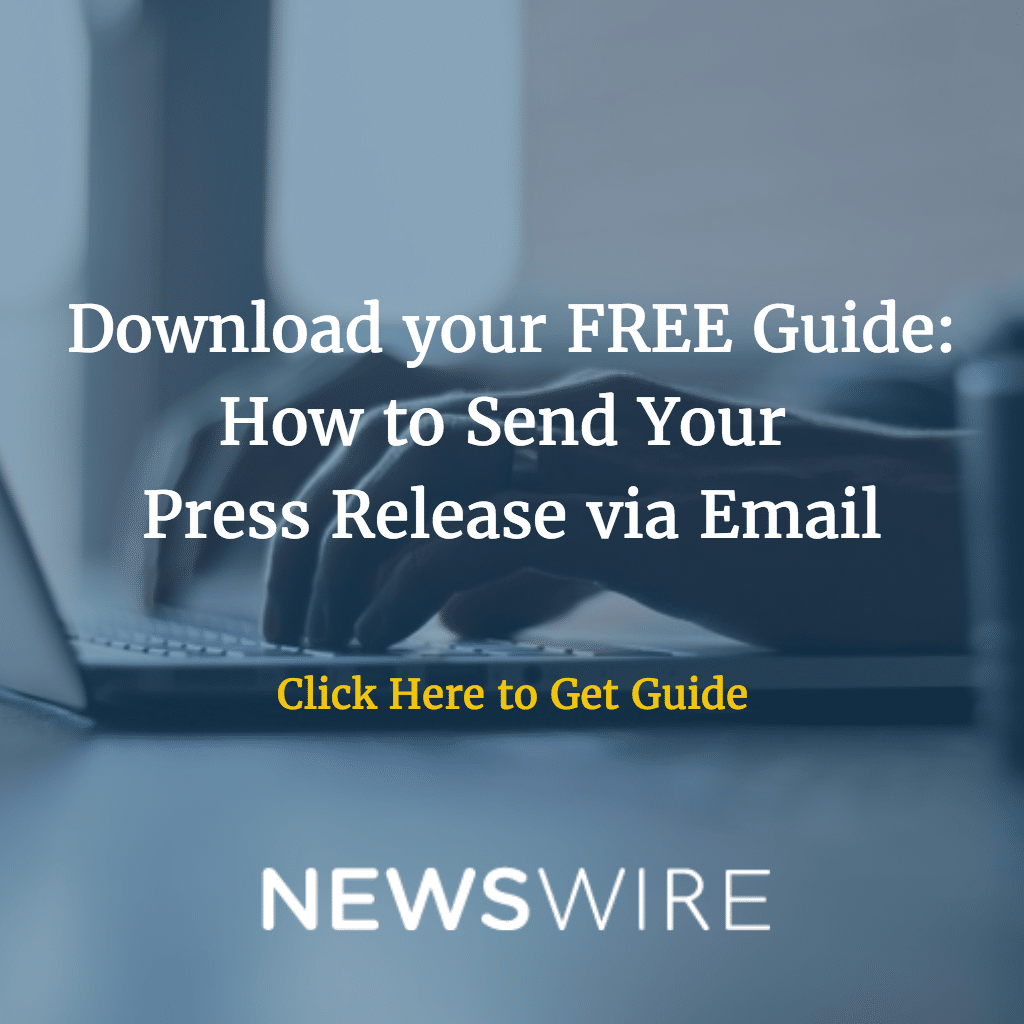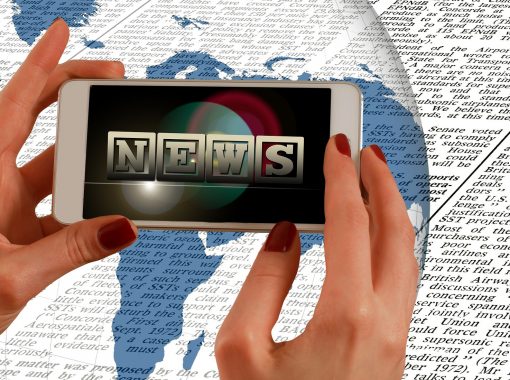
Understanding The Media Release Structure
A media release is one of the most effective ways of issuing information to media outlets about newsworthy occurrences in relation to your business. The purpose of a media release is to inform journalists and other media representatives about what’s changing in your business, such as a new product being launched, a new round of funding secured, and so on.
Using the expected media release structure can help you get more media pickups than your competition because your press release will stand out as being more professional. Here are the main sections that all add up to an effective press release:
1-A great headline
Use keywords and grab the readers’ attention.
2-A powerful subheadline
This should also have keywords, and give more information about both the headline and the rest of the story. Think of it as a quick teaser for your press release.
3-An information-packed first paragraph
Journalists use an inverted pyramid structure, in which all of the most important information about the news story is put in the first paragraph, and less important information in later paragraphs until the story finally ends.
Journalists also use the 5Ws, a checklist to make sure they include the most important facts about the story. The 5Ws are:
- Who
- What
- Where
- When
- Why
4-The story has to be real news
Your media release should report real news, such as a product launch, local lecture and book signing, a new round of hiring and corporate expansion, and so on. It should not be an ad or just hype but provide genuinely useful information for journalists, and by extension, their target audience who reads their articles, blog posts, and so on.
5-Include media
Releases which include images and video are much more likely to get media pickups than ones that don’t. Include high-quality images of your product, office, logo, and so on. Create a few brief clips such as interviews, behind the scenes looks, or demonstrations of a new product in action.
6-Include interesting quotations
Quotations from staff, and from leading figures in your niche or industry, can help provide a context for the information in your release. It also helps position you as an authority in your niche who is worth paying attention to.
7-Write tightly
Journalists are busy. Try to keep your media release to under 500 words.
8-Include an impressive boilerplate
The boilerplate is a brief history of your company, what it does, and why it is in business. It also includes your contact information in case any media reps want to follow up with you about your release. You can start with your business mission statement and discuss why you are different from the competitors in your niche. Once you have created a clear and concise boilerplate, you can copy and paste it into every media release.
9-Time your release correctly
If you want your release to go out right away, put ‘For Immediate Release’ at the top of the page. If you’d like to send out a media release in advance, include the word ‘Embargoed’ and the future date of Release.
An example might be, ‘Embargoed until July 1, 2018’. Not every journalist will respect your request, however, so be prepared for at least a couple of them to jump the gun.
10-Include facts and statistics
Including facts and statistics will give your media release more of a ring of truth and provides a context as to why your release is important.




